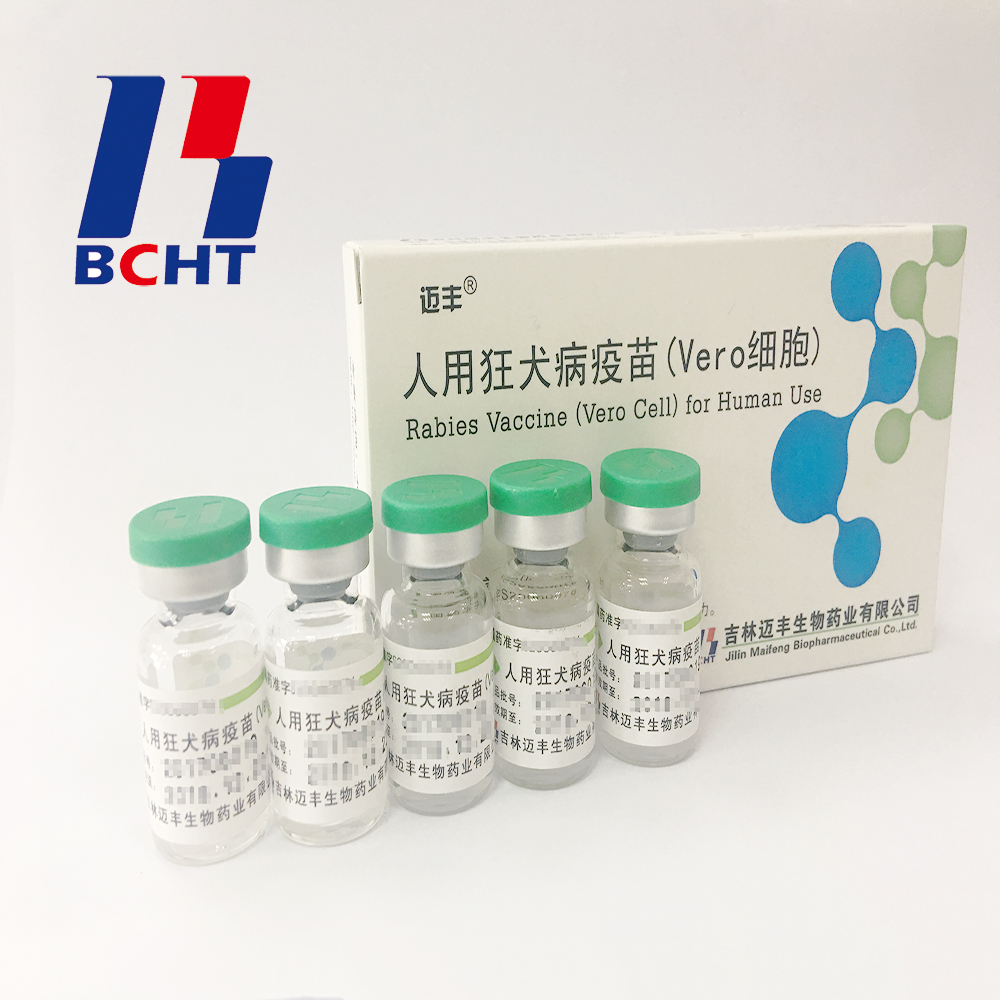Cylinder and pot cultivation of lotus, if the humus pond mud is used as a cultivation medium, generally do not need to increase the base fertilizer to meet the normal growth of plants, pregnant buds, flowering, seeding needs; if the poor soil as a substrate, You need to increase the base fertilizer, with the cooked cake fat, bone meal, etc., according to a certain proportion and the mud can be mixed. Pots, cylinders, lotus cultivation of fertilizer but avoid heavy fertilizer, in particular, to prevent excessive base fertilizer, causing injury seedlings dead seedlings. If the water in the basin (cylinder) is green, bubbles appear, and the wrinkles of the fistula cannot be stretched. This is caused by excessive fertilization. Once this situation is discovered, dig out the seed pods carefully and replace the soil for replanting. Before and after the bud emergence, if the leaves appear chlorotic yellowing phenomenon, each pot (cylinder) can use 3-4 grams of high-quality compound fertilizer, from 3-4 points into the soil to promote plant growth; if strong growth, strong foliage Green, hard-to-taste, but late in flower buds, can apply phosphate and potash alone, apply appropriate amount of boron and zinc fertilizer.
2. Moisture management In the cultivation of lotus ponds, it is advisable to keep 10-30 cm of shallow water at the seedling stage. When the plant enters into a vigorous growth period, the temperature is also higher at this time, and the increase of water level plays a role in adjusting the temperature with water, generally 20-40 cm. If the water level is too deep, it will inhibit the formation of branches and reduce the number of flowers.
Cylinder, pot cultivation lotus, water management is critical. In general, seedlings are cultivated and planted for 2-3 cm deep water every 1 day. When the leaves grow, the water depth can be increased to 5 cm. At the same time, fresh leaflets should be protected and water moss and algae should be removed at any time. Raising the soil temperature will help the leaves stand up to the surface as quickly as possible. As the leaves rise, the temperature rises and the pot water is gradually filled. When 2-3 sheets grow immediately, the floating time of the old person is usually removed and the surface of the bowl is kept airy and transparent. In hot season, watering should be done 2-3 times a day, and the water level should be kept deep in the exercises; even if it is raining, pay attention to pouring. Once the lotus loses water, the leaf margin will quickly become scorched, resulting in the loss of buds, at least half a month of conservation can be restored. After the autumn, the plants grow slowly and gradually enter the dormancy period. The pots can maintain a small amount of water. When the temperature drops below 0°C, the pots are covered with a layer of straw or straw to facilitate safe wintering.
3. Pest Management
(1) Disease prevention More lotus diseases, especially in the hot season, the incidence rate is particularly high. Among them, serious and widespread infestation diseases include spoilage disease, leaf spot disease, brown spot disease, and spot blight disease. Diseases should be mainly prevention. In particular, integrated agricultural control, such as selection of disease-resistant varieties, rational rotation, application of organic fertilizers, and removal of dead leaves, are effective means for reducing pests and diseases. More decomposed organic fertilizer, increased phosphorus, potassium, silicon fertilizer, control the amount of nitrogen fertilizer. Implementation of dry and dry rotations to reduce pathogen accumulation.
1 Corruption, Brown Vegetation, Blight, etc. In the initial stage of the disease, the whole plant was sprayed with 600-fold solution of thiophanate-methyl, carbendazim 50% wettable powder, etc., sprayed once every 7 days, and sprayed 2-3 times. , has a good control effect.
2 early stage of anthrax, with imidazole antiseptics timely control, such as: torch 1000-1500 times liquid, even spray 2-3 times, you can effectively control the spread of the disease.
(2) Insect pest control Timely, comprehensive and scientific control is an effective means to control lotus pests. The main insect pests that harm the lotus are: Spodoptera litura, sub-leaf mosquitoes, cone tapers, etc.
1 Spodoptera litura selection of high-quality low-toxic pesticides such as Austrian Green No. 1 or Fengmao 800 times liquid spraying pest control, required to spray the lower lotus leaf and the upper lotus leaf, spray once every 5 days, even spray 3 times Or use black light to trap adult insects.
2 The leaf-dip mosquitoes mainly harm young leaves and seedlings, and they can be controlled by 90% trichlorfon 1000 times foliar spraying to control insect pests.
Jilin Maifeng Biopharmaceutical Co., Ltd., a subsidiary of BCHT, is devoted to mostly R&D in high density cell culture technique and its application for large scale production. Jilin Maifeng is the first company to develop and apply the self-developed microcarrier bioreactor technology to produce Rabies Vaccine For Human Use.

Rabies Vaccine For Human Use
Rabies Vaccine For Human Use,Used To Prevent Rabies,Against Rabies Virus
Changchun BCHT Biotechnology Co. , https://www.ccbcht.com